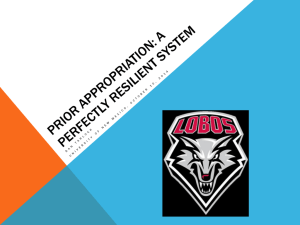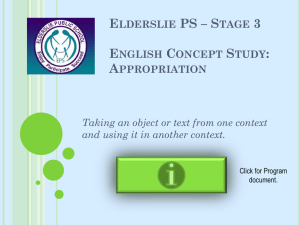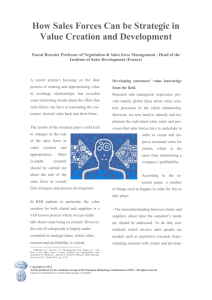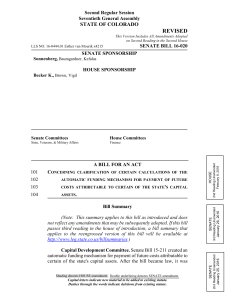Appropriating Technology
advertisement
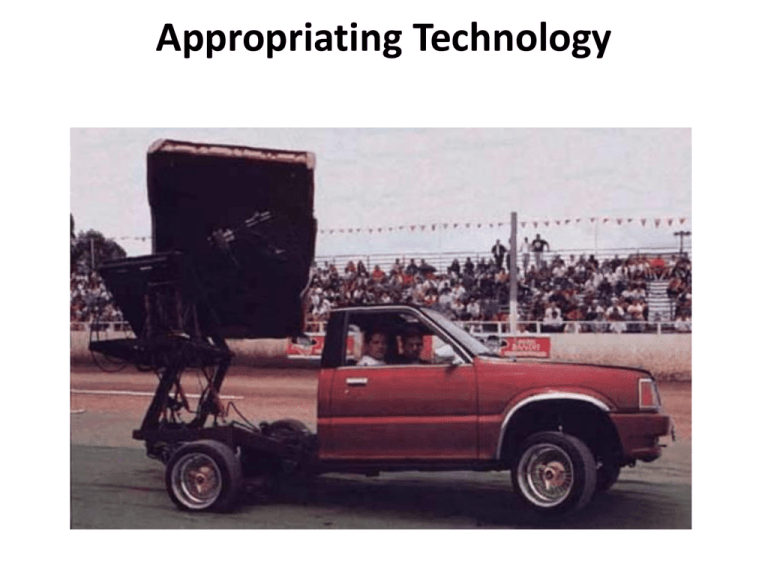
Appropriating Technology The standard story of technology Produced in elite spaces; consumed by everyone Appropriated Technology Elite production lay appropriation Appropriating Technology: Vernacular Science and Social Power Edited by Ron Eglash, Giovanna Di Chiro, Jennifer Croissant, and Rayvon Fouche. University of Minnesota Press 2004 3 Categories of Appropriation 1)Reinterpretation 2)Adaptation 3)Re-invention 1. Re-interpretation: semantic change only Elite production Ancient Egypt as white well-springs of Western civilization, science and technology Lay re-invention Ancient Egypt as Black origins of an Afrocentric culture, science and technology Other Reinterpretation Examples Elite production Lay reinterpretation Analysis of medical properties of turmeric Validity of Ayurvedic healing practices Wood paneled station wagon Surfer transportation Sara Lee orange cake Soul food Broadway musicals Gay “show tunes” Reinterpretation typically a change in the sense of ownership—sometimes a priority claim 2. Adaptation: semantic change and use change (“creative misuse”; repurposing) Elite production Boom box in Egypt marketed as playback Lay repurposing Boom box’s latent recording function used by Bedouins, led to syncretism and revitalization 3. Reinvention: semantic change, use change and structural change • Actual trajectories can be quite complex as the technology evolves Emoticons as re-repurposing 1) Email created by those at high social power 2) “Smiley face” emoticons created through appropriation by lay people 3) Appropriation re-appropriated in this keyboard Appropriation can be “ethnically specific” “Dance circuit” by Sharol Graves Beaded digitizing stylus by Turtle heart Why appropriate? •Sometimes better to solve the problem (lack of social power) than appropriate as a solution •Alternative path to policy reform, government intervention, pleading to corporations •Analogous to “direct action” in social movements •Takes advantage of self-organization (Wiki and mashups: designed for appropriation) •Technological citizenship by participatory democracy rather than representative democracy When should we appropriate? Only when appropriate! How does appropriation intersect with “risk”?
